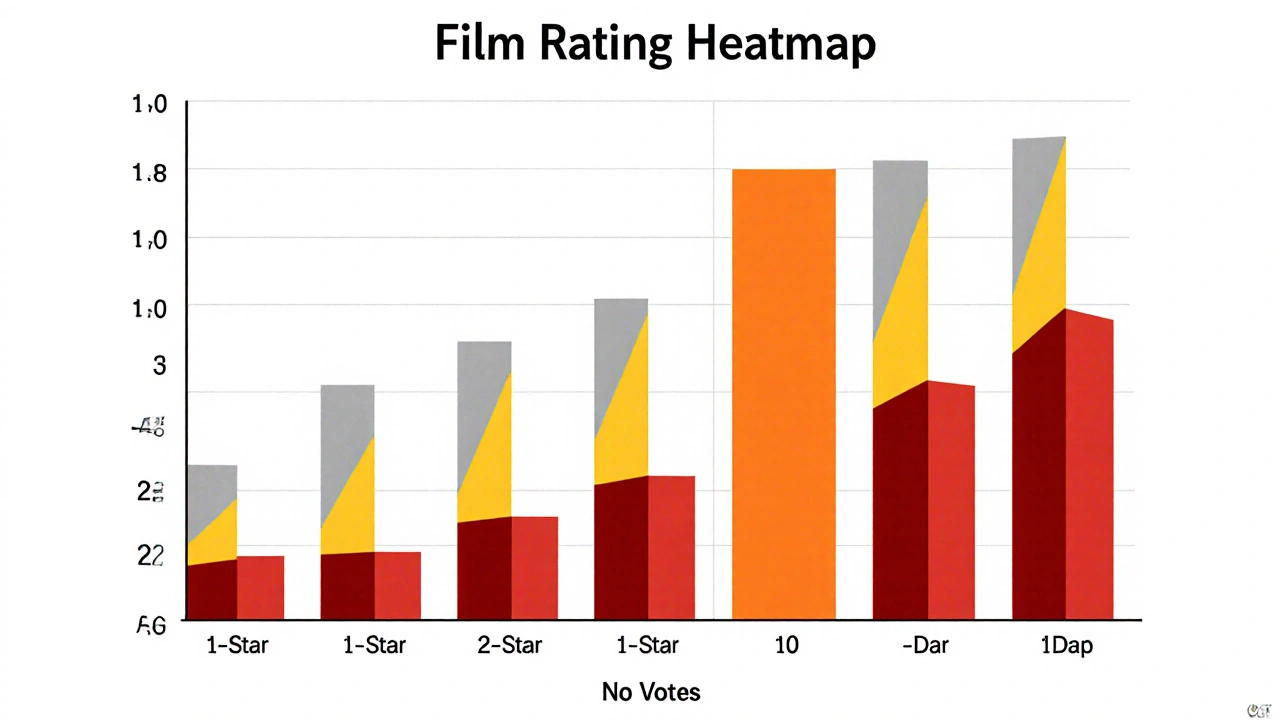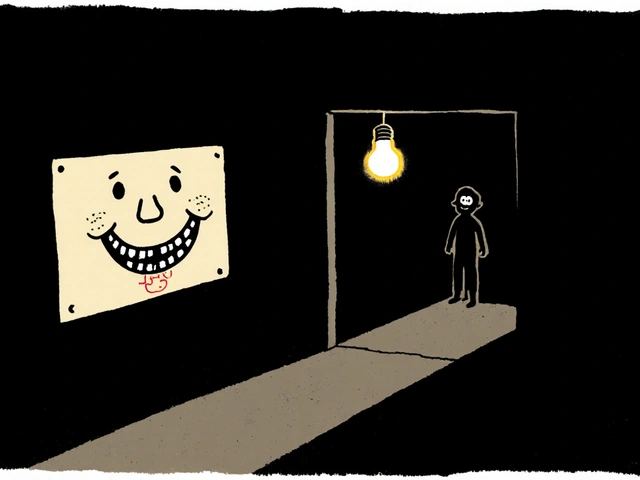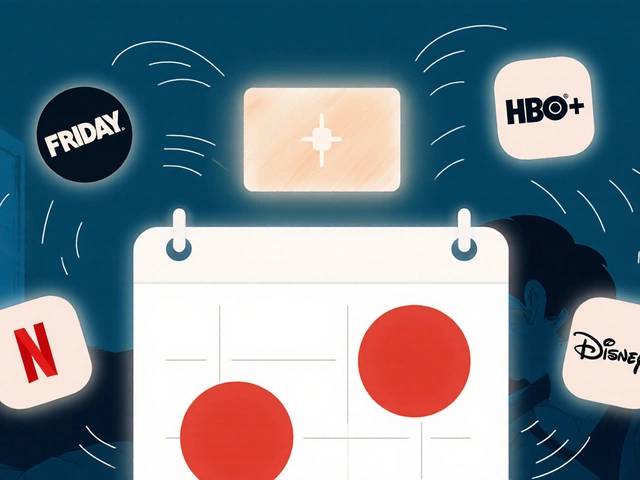Film Ratings Explained: What They Mean and How They Guide Your Viewing
When you see a movie labeled PG-13, a classification used by the Motion Picture Association to indicate content suitable for viewers aged 13 and older, with parental guidance suggested. Also known as movie ratings, these labels are designed to help families decide what’s appropriate for kids, teens, and adults. But ratings aren’t just labels—they’re practical tools shaped by real content, not arbitrary rules. A Rated R, a film classification that restricts viewing to those 17 and older unless accompanied by a parent or adult guardian doesn’t just mean "bad language"—it often signals intense violence, sexual content, or drug use that could affect younger viewers differently than adults. Meanwhile, a G rating, a classification indicating content suitable for all ages, with no material considered offensive or harmful isn’t just for cartoons—it’s a signal that the film avoids disturbing themes entirely, making it safe for toddlers and seniors alike.
Film ratings don’t just tell you what’s in the movie—they tell you who the filmmakers expected to watch it. A film rating like NC-17 isn’t just a barrier; it’s a statement. Studios avoid it because it kills box office potential, not because the content is illegal. That’s why some films get edited down to an R, while others stay raw and uncut. The system isn’t perfect, but it’s the most consistent guide we have in a world where streaming platforms use their own labels, and YouTube has no rules at all. Parents often rely on these ratings to avoid accidental exposure to mature themes—especially when kids scroll through apps without supervision. That’s why knowing the difference between a PG and a PG-13 matters: one might have mild scary scenes, the other could include a character’s death or a drug reference. And if you’re managing a family account on Disney+ or Netflix, understanding these ratings helps you set up better parental controls, settings that allow guardians to restrict content based on age ratings and prevent unauthorized viewing without having to watch every title first.
What you’ll find below isn’t just a list of articles—it’s a toolkit. From guides on how to block inappropriate content for teens to deep dives into how horror festivals push the boundaries of what gets rated, you’ll see how film ratings shape what we watch, who gets to make it, and how to protect your family without over-restricting. Whether you’re trying to find a movie for your 8-year-old or wondering why a film you loved as a kid now carries a higher rating, these posts give you the real context behind the letters on the screen.
20
Visualizing Ratings: Heatmaps, Distributions, and Outlier Films
Learn how to read beyond movie ratings by using heatmaps, distributions, and outlier analysis to understand why films divide audiences - and what that really means for what you should watch next.
Latest Posts
Popular Posts
-
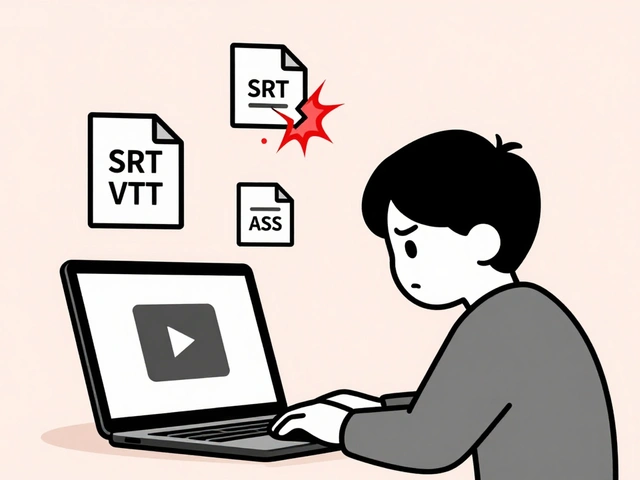 Why Subtitles Aren't Working: Fix Common Video Text Issues
Why Subtitles Aren't Working: Fix Common Video Text Issues
-
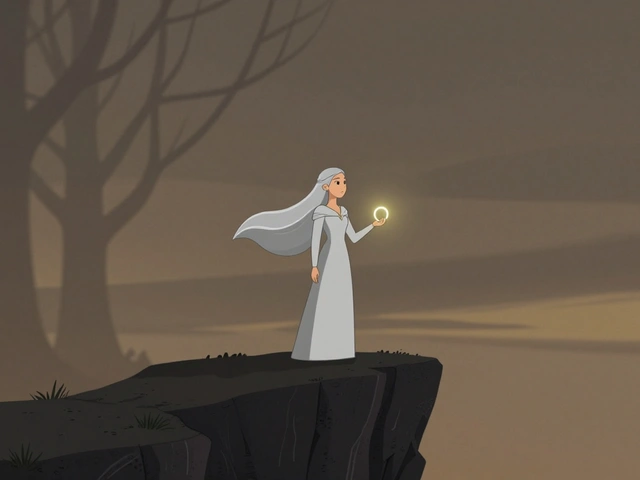 Lord of the Rings: The Rings of Power on Prime Video - What to Know in 2025
Lord of the Rings: The Rings of Power on Prime Video - What to Know in 2025
-
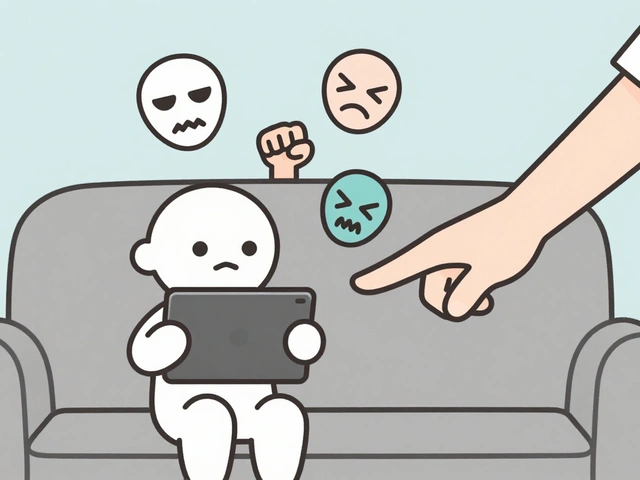 Parental Controls on Free Streaming Apps: How to Keep Kids Safe Online
Parental Controls on Free Streaming Apps: How to Keep Kids Safe Online
-
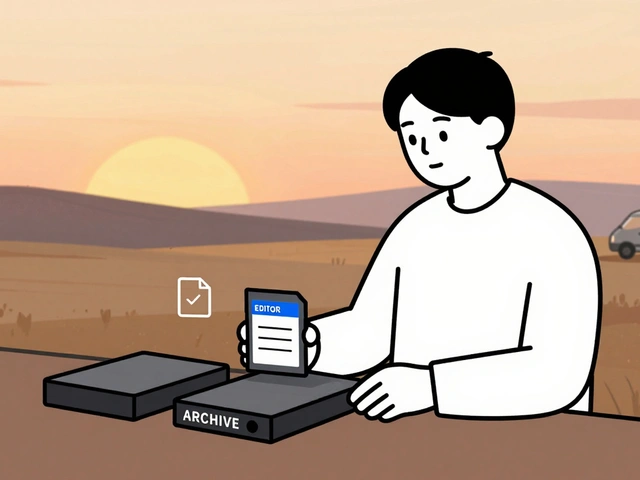 Data Management: DIT, Backups, and Archival Best Practices for Video Teams
Data Management: DIT, Backups, and Archival Best Practices for Video Teams
-
 App Layout Strategies: Organize Streaming Services by Genre and Use
App Layout Strategies: Organize Streaming Services by Genre and Use
